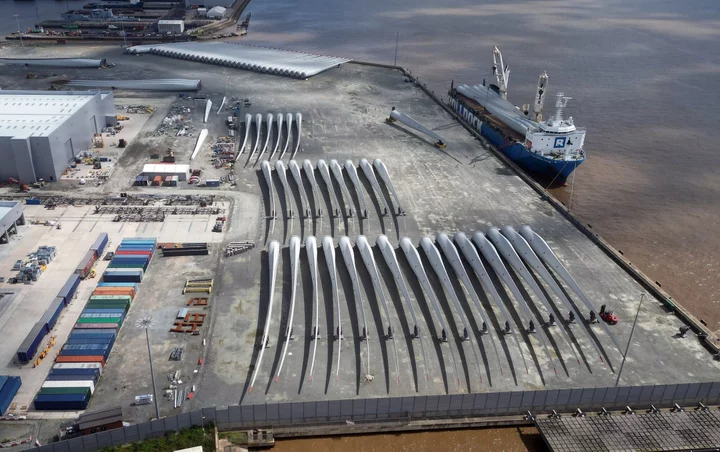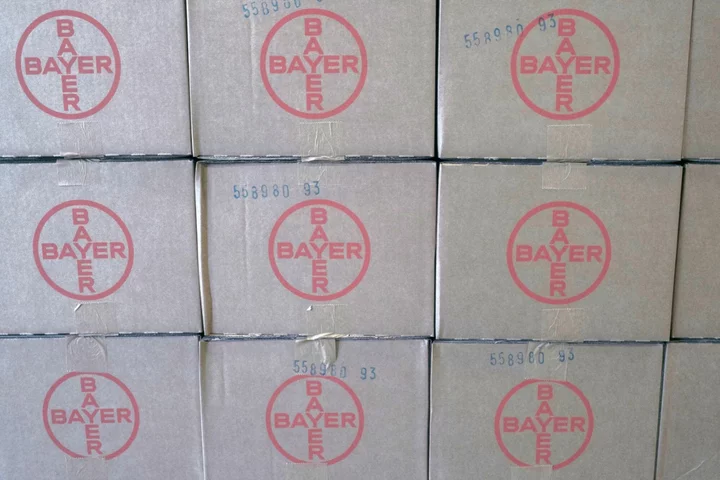Iron ore’s rally over the last couple of months is looking increasingly brittle as hopes fade for the type of big-bang, infrastructure-heavy stimulus that China used to deploy.
Authorities have loosened monetary policy and rolled out or talked up a series of measures to support property and other parts of the economy since early June. This week’s Politburo meeting pledged more support for real estate and an easing of local-government debt burdens, which have slowed spending growth this year.
The actual policy detail is likely to be rolled out gradually over the coming weeks. There was no language from the meeting indicating major fiscal or monetary stimulus, however, and it’s hard to find anyone who sees a return to the type of massive outlays that Beijing kick-started its economy with after the global financial crisis.
Chinese consumer confidence has been decimated by years of virus lockdowns and delays on new-build properties, and our initial reaction to the latest Politburo pledges is “so what?,” said Atilla Widnell, managing director of Navigate Commodities Ltd.
“Any form of stimulatory measures will experience a material time lag of two to three quarters before it trickles down through the system into real steel and underlying iron ore demand,” he said. Authorities may also need to “forcefully encourage” property developers to deploy funds for their intended purposes rather than using them to rebalance highly leveraged balance sheets, he said.
Iron ore risks repeating its most recent boom-and-bust cycle. It surged from early November on optimism a post-virus economic rebound was coming, but then gave up more than half of those gains as the recovery faltered. The metal then started rallying again in late May on stimulus hopes.
Iron ore slipped 0.4% to $112.80 a ton in Singapore as of 11:09 a.m. local time on Thursday, after falling 1.4% in the previous session.
Morgan Stanley said earlier this month it saw iron ore prices dropping to $90 a ton in the fourth quarter, while Goldman Sachs Group Inc. set a three-month target of $80 for the metal on July 13. Both banks reaffirmed their forecasts to Bloomberg after the Politburo meeting.
‘Downward Pressure’
Robust shipments from miners may also be a headwind. Rio Tinto Group, the biggest iron ore producer, left its export guidance for 2023 unchanged even as it warned that China’s stalled recovery was weighing on demand. No. 2 miner Vale SA also didn’t change its estimate for full-year output after a jump in production last quarter.
The Politburo gave a “clear signal” that supportive measures will keep coming, said Amelia Fu Xiao, head of commodities strategy at BOCI Global Commodities. However, it could still take some time to determine the effectiveness of the actual policies on demand, and steel production tends to be “moderately lower” in the last two quarters of the year, she said.
China’s property industry, which accounts for about 40% of the country’s steel demand, continues to act as a drag on iron ore prices. The real estate sector contracted again last quarter, after a short-lived expansion in the previous three months, and is putting China’s official annual economic growth target of 5% at risk.
Beijing is shifting its stimulus efforts toward consumption, while eschewing the more traditional and steel-intensive infrastructure spending, said Richard Lu, a senior analyst at CRU International Ltd.
“The property sector is really built on confidence, but we have yet to see any decent recovery, so in the second half, the recovery will unlikely be meaningful,” he said. There’s “downward pressure” on iron ore prices, but there will be stronger cost resistance at $90 to $95 a ton, Lu said.
The Week’s Diary
Thursday, July 27:
- Chinese industrial profits for June
- International Conference on Power and Energy Technology, Tianjin, China, July 27-30
Friday, July 28:
- China weekly iron ore port stockpiles
- Shanghai exchange weekly commodities inventory, ~3:30pm local time
On the Wire
China’s industrial profits dropped at a slower pace in June, though worsening factory-gate deflation and slowing consumer spending continued to squeeze business’s margins.
Guangdong Ubridge New Material Technology Co., a refiner of minerals including titanium and zirconium, is considering a Hong Kong initial public offering that could raise about $300 million, according to people familiar with the matter.









